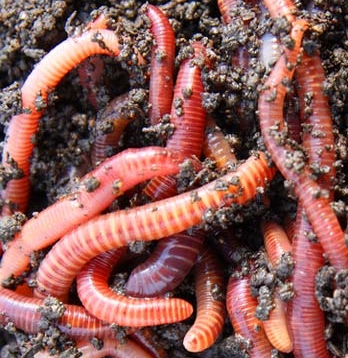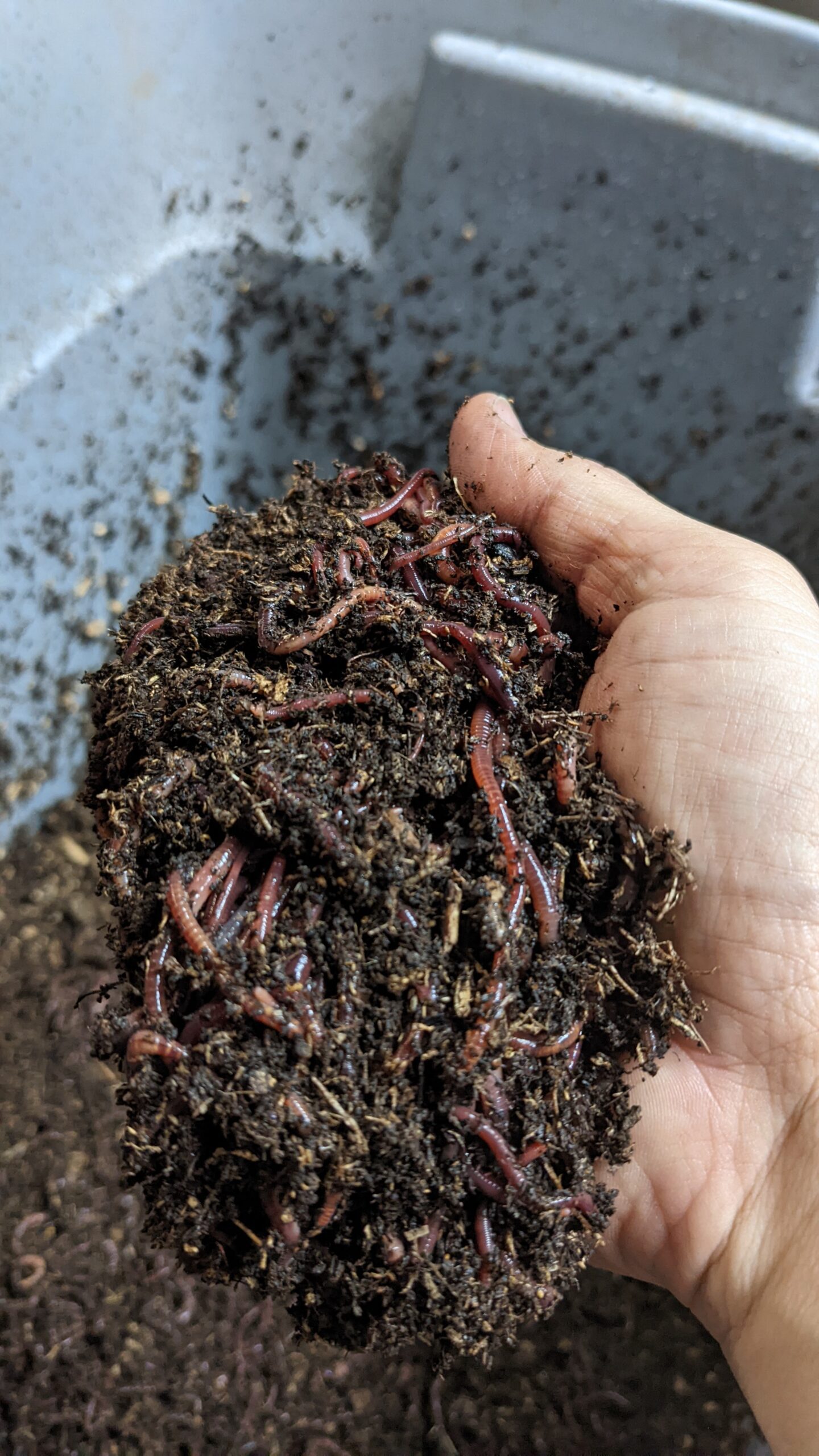Red Wiggler Express Fundamentals Explained
Table of ContentsExamine This Report about Red Wiggler ExpressThe smart Trick of Red Wiggler Express That Nobody is Talking AboutThe Red Wiggler Express DiariesEverything about Red Wiggler ExpressThe Ultimate Guide To Red Wiggler Express
And the growing Red Worm population? Even in the lot that was set up straight in front of backyard composters with existing Red Worm colonies.
Lots of ranges, consisting of Red Wigglers, European Nightcrawlers, and Lumbricus varieties were brought over from the European continent. However below's the thingNative or otherwise - and as skilled as they are at being able to survive in a wide-range of atmospheres and problems -. Simply put, they are much much more likely to hang out in any kind of energetic composting systems you have actually set up, than they are to stroll off and start ruining the setting.
Roots need oxygen for respiration and rely on smooth airflow within the dirt to thrive. When it rains, soil can end up being saturated with water, decreasing the oxygen available and hindering nutrient absorption. To maintain an optimal equilibrium, the soil needs to permit water to drain effectively, leaving sufficient area for air to support origin wellness
Red Wiggler Express Things To Know Before You Buy

When it comes to worms for composting, what comes to mind? If you were an earthworm breeder, dealer, or ordinary gardener, then you would certainly understand that red wiggler worms are the perfect worms for vermicomposting. To read more concerning these planet marvels, read with a few of the red worm realities below.
(https://harddirectory.net/Red-Wiggler-Express_294961.html)But if they extend their bodies, you'll be able to see the stripes on their skin. When elevating worms such as red wiggler worms, you need to have the ability to recognize just how to make excellent use of them. When you're able to maintain and take care of their environment well, and additionally feed them the ideal kinds of natural wastes, then they'll be able to create nutrient-packed and quality-rich worm castings for you (additionally understood as worm poop or compost).
Examine This Report about Red Wiggler Express
What do worms consume? Well, these red wriggler worms can be fed with cooking area scraps and garden wastes.

This actions makes them fit permanently in worm bins, compost heap, and other confined spaces where organic waste is plentiful. Developing an optimal setting for red wigglers requires a thoughtful strategy. Consider the adhering to essential elements to look after red wigglers in your home and guarantee their wellness: Utilize a bedding of shredded paper or cardboard.

Red wiggler worms replicate by laying tiny, lemon-shaped eggs in safety cocoons. These cocoons are usually deposited in the bed linens and hatch into infant worms within a few weeks.
10 Simple Techniques For Red Wiggler Express
Their versatility and resilience have actually made them a prominent option for vermicomposting in various areas worldwide. Yes! They can endure from a variety of 32F to 90F. They are extremely adaptable pests. Take into consideration protective measures for really extreme temperatures such as: Shielding the worm bin with layers of straw or leaves.

When taking care of your red wigglers it is necessary to keep in mind to: 1) K.I.S.S (Maintain it Simple) and 2) every little thing in moderation. These rules apply to feeding your garden compost worms, watering your worm bins, and almost whatever else involved in taking care of them. Simply remember - you can constantly add more food later (however it's difficult to get rid of feed once it's been included in a bin!).
Due to the fact that I fed the red wigglers and compost worms as well much, they weren't able to maintain up and over time the older food went leftover and created anaerobic conditions that killed the worms. Below're the 6 golden regulations for exactly how frequently and exactly how much to feed your worms: Policy # 1: Moderation!
Get This Report about Red Wiggler Express
Leftover food will certainly lead to anaerobic conditions that will certainly eliminate your real-time worms. Policy # 6: After the first feeding, feed the worms 1/3 to 1/2 of their weight.